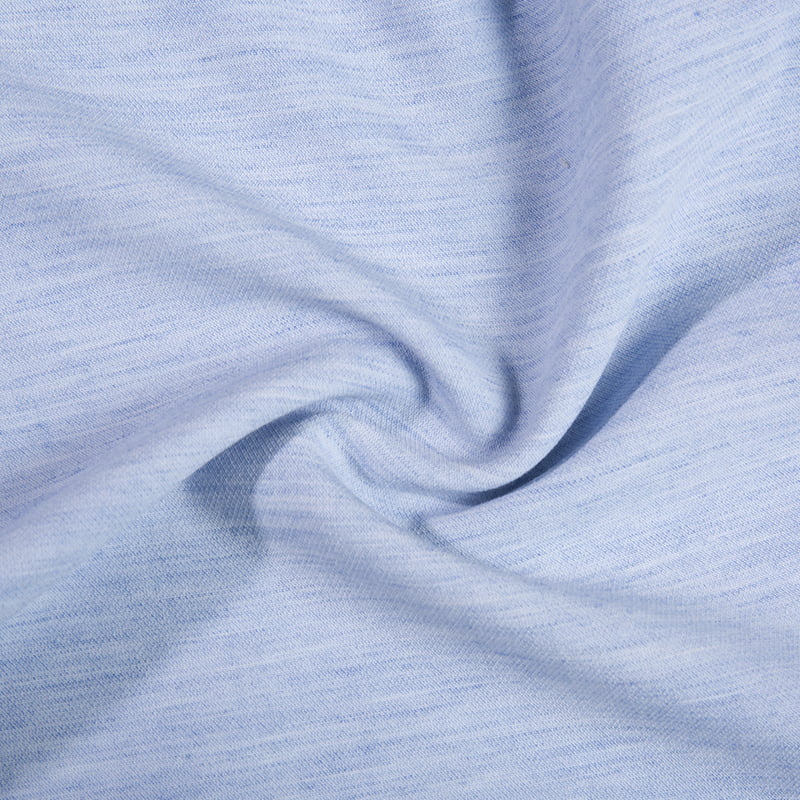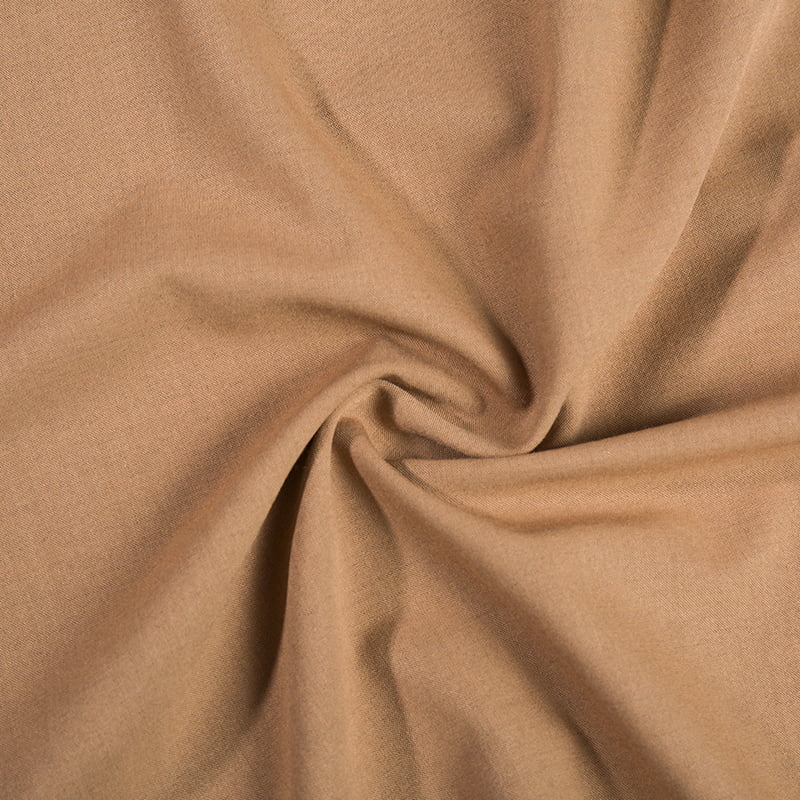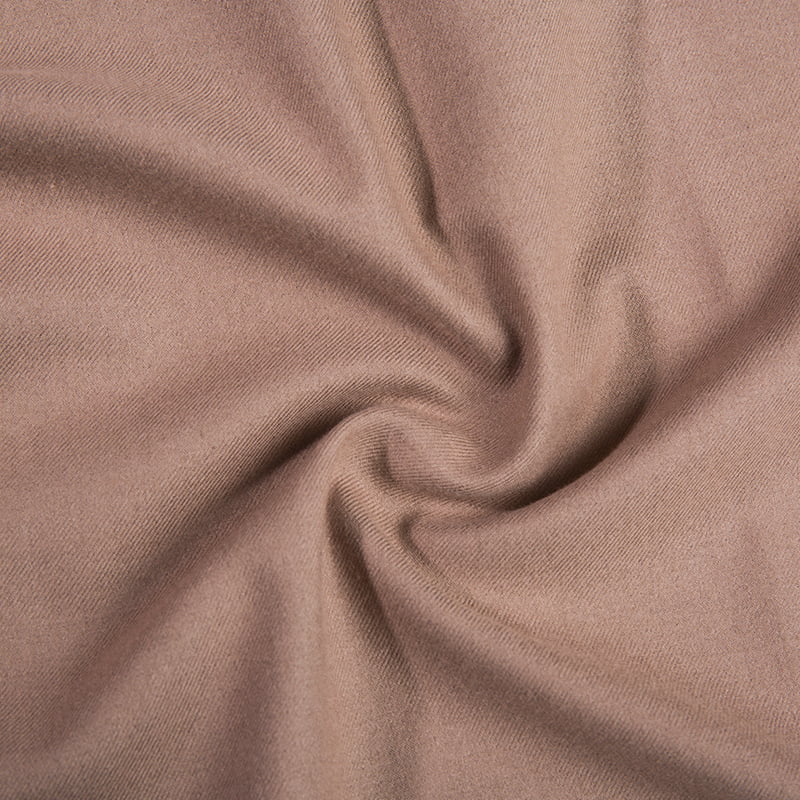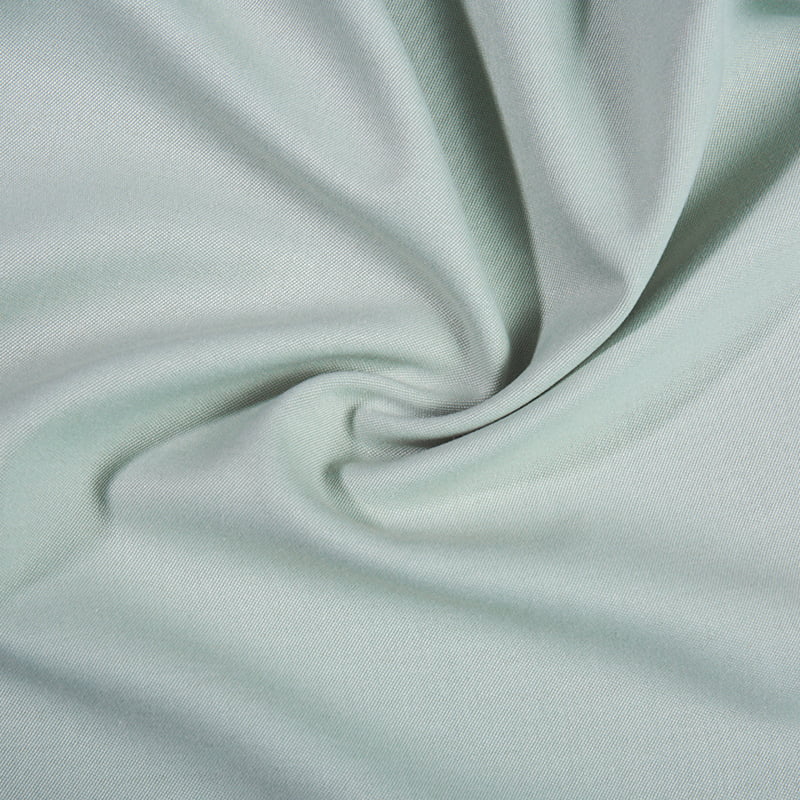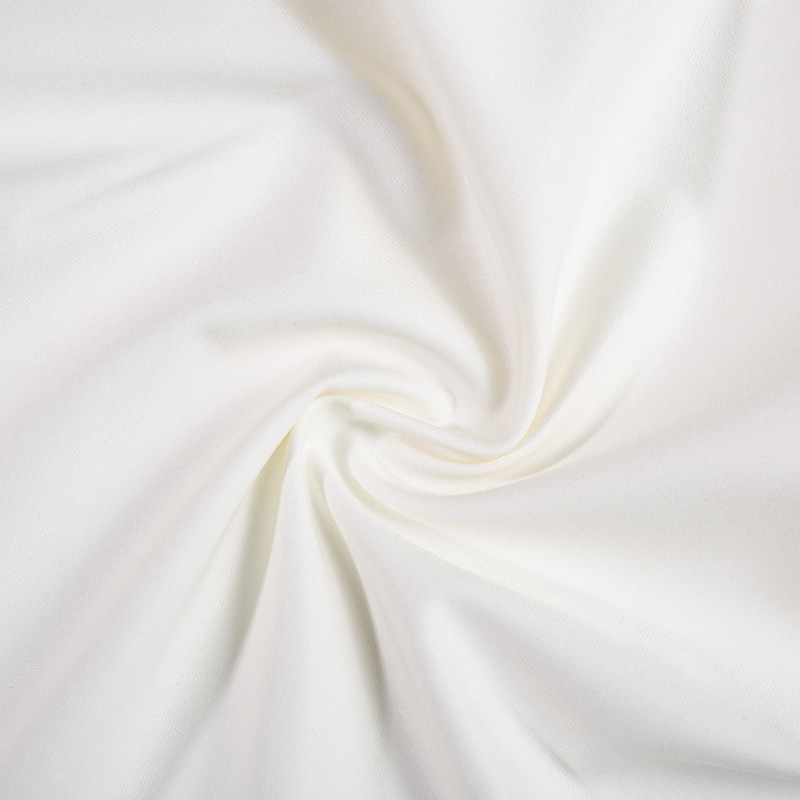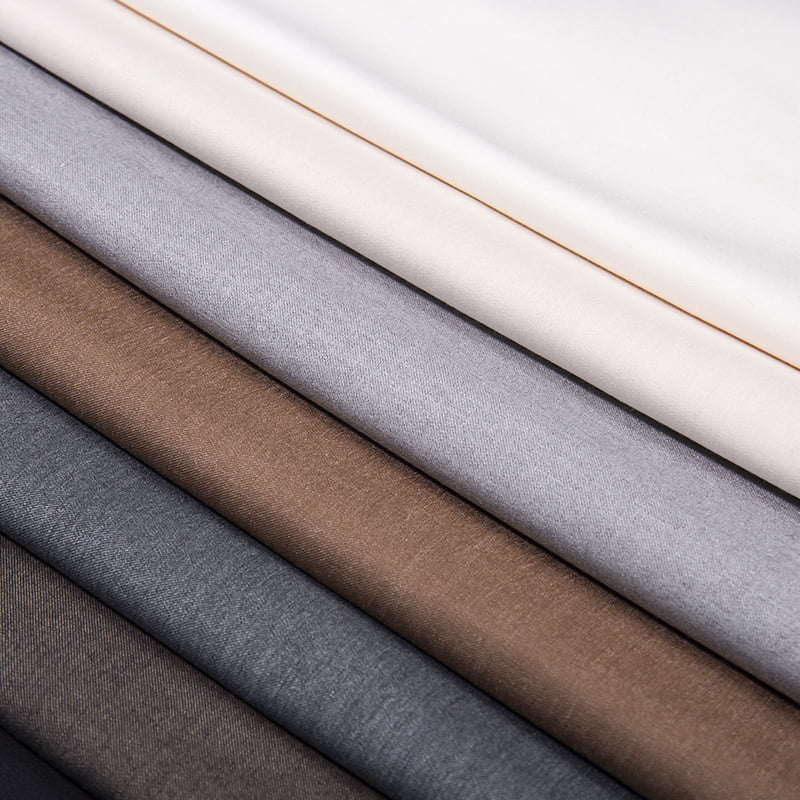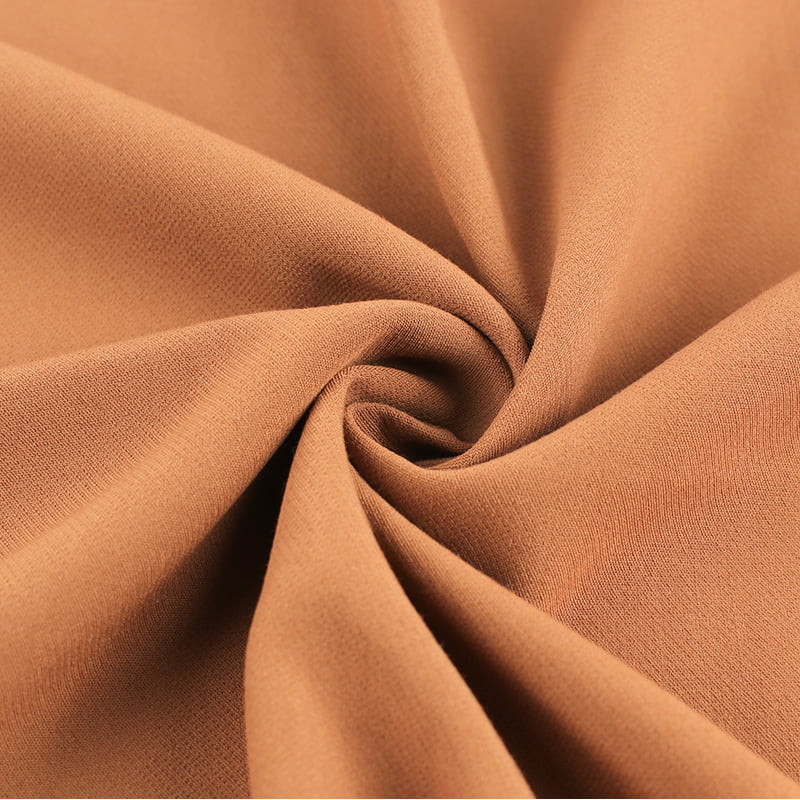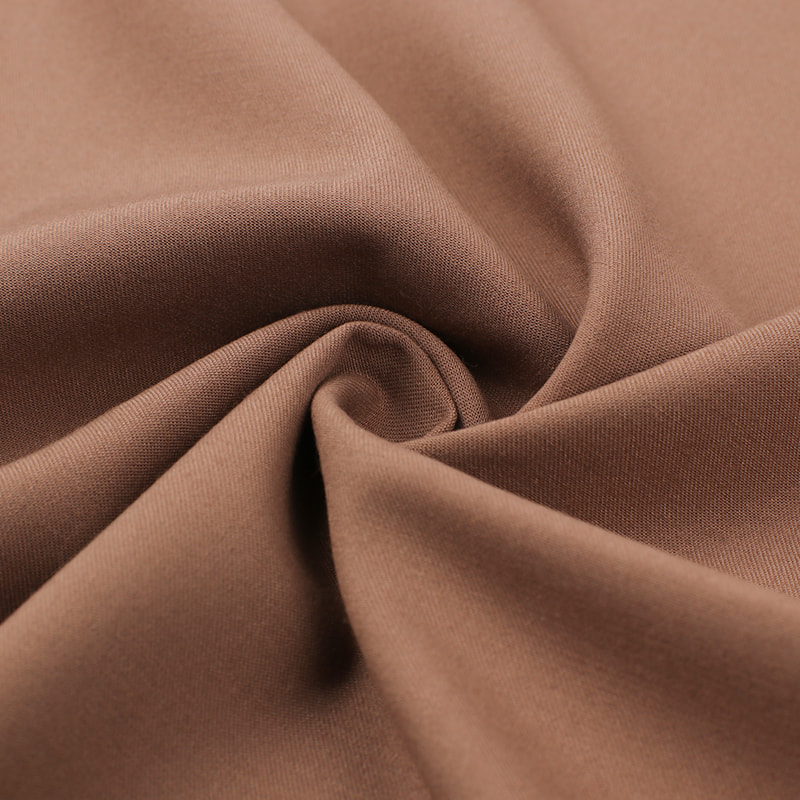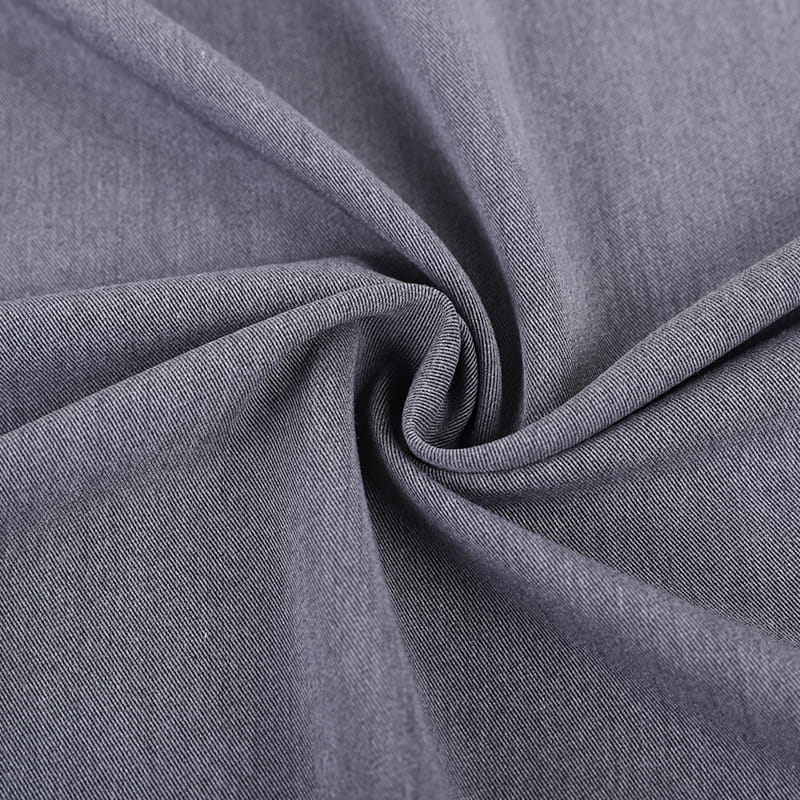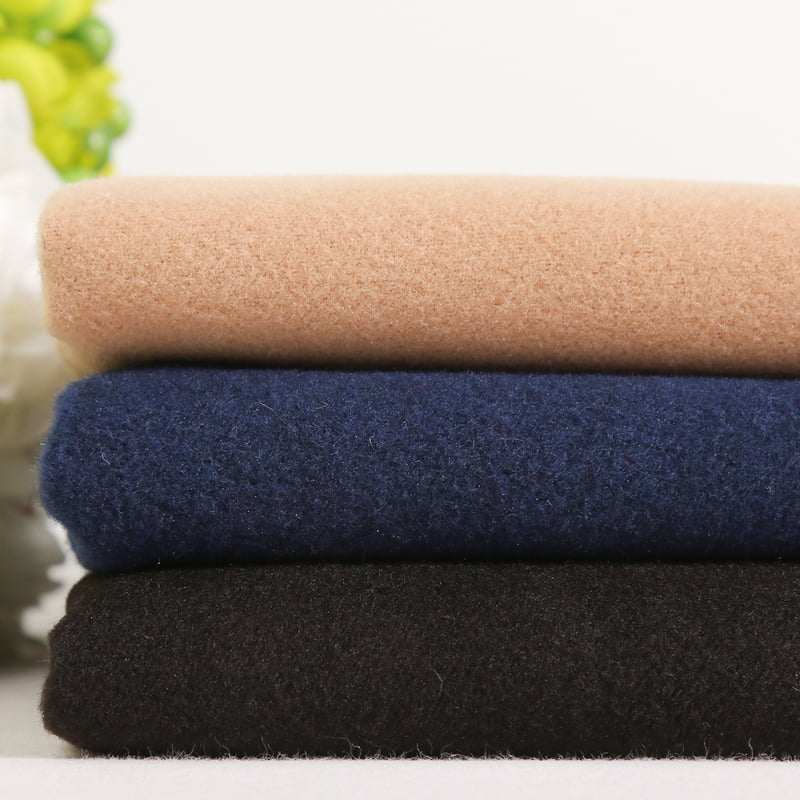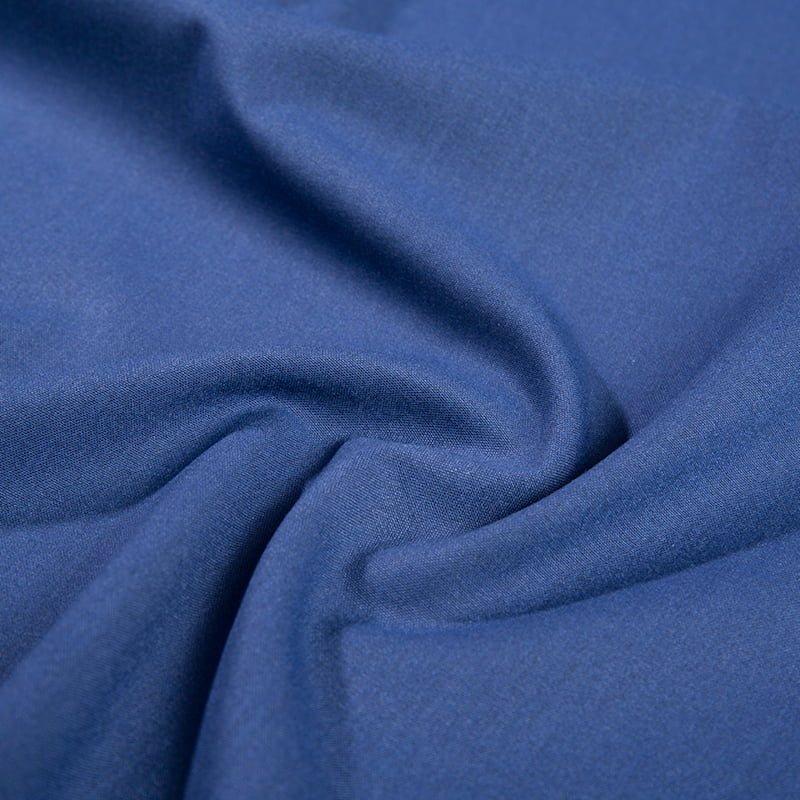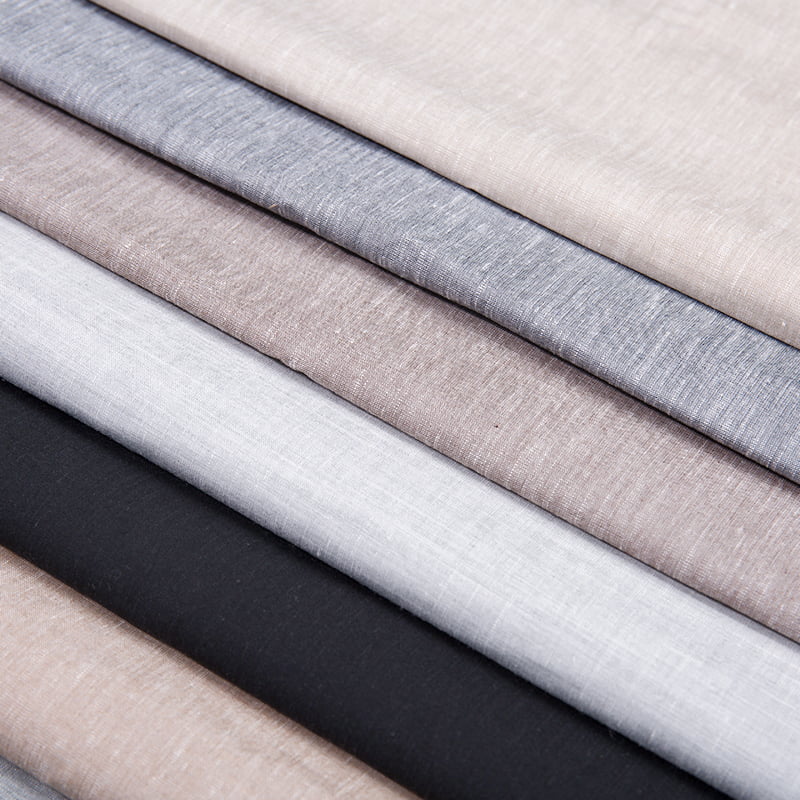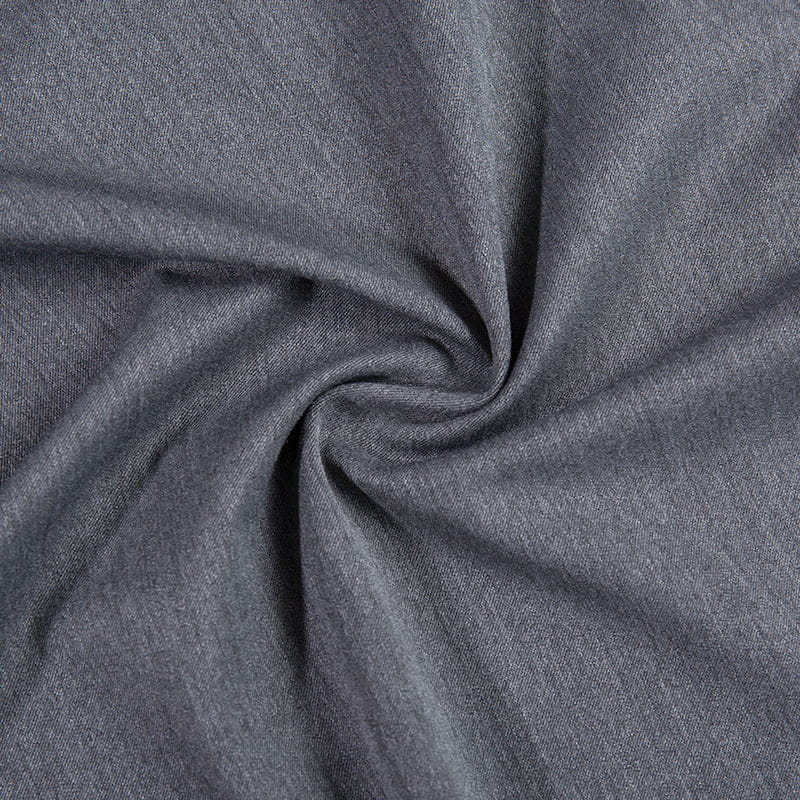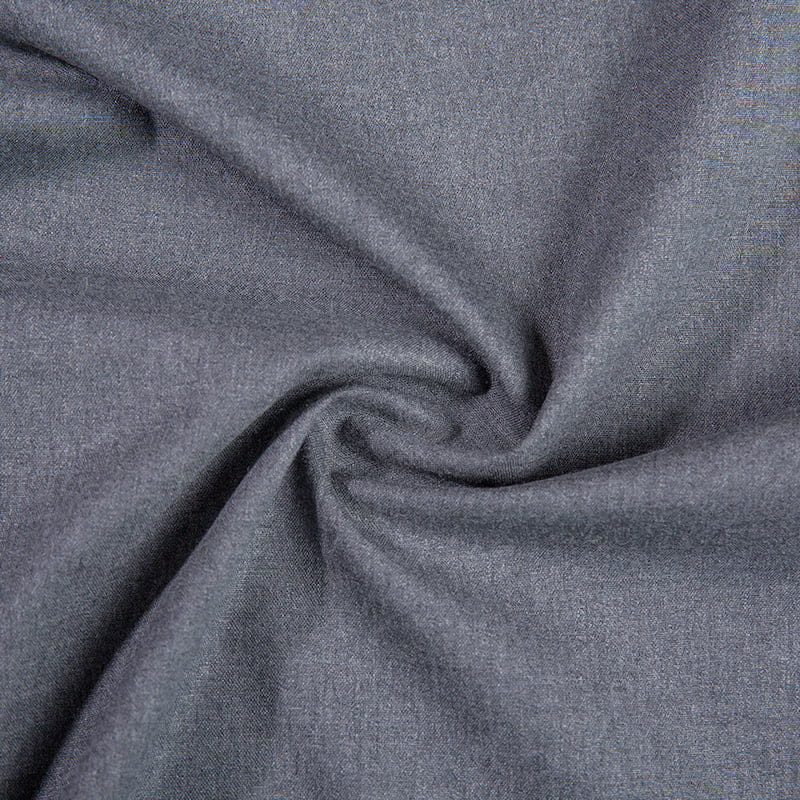Understanding TR Fabrics
TR Fabrics combine the strength of polyester with the softness of rayon. This blend creates a fabric that is not only visually appealing but also functional for everyday use. The unique composition gives TR Fabrics enhanced resistance to wrinkles, shrinking, and fading, which are common challenges in synthetic fabrics.
Durability Comparison with Other Synthetic Fabrics
1. Polyester vs. TR Fabrics
Polyester is known for its high durability and resistance to stretching. While TR Fabrics contain polyester, they are softer and more breathable than pure polyester, making them more comfortable for garments. In durability tests, TR Fabrics hold up well, though polyester may slightly outperform them in high-stress applications.
2. Nylon vs. TR Fabrics
Nylon is exceptionally strong and resistant to abrasion. However, it can feel less breathable than TR Fabrics. For everyday clothing and office wear, TR Fabrics offer a balanced combination of durability and comfort, making them a more versatile choice for regular use.
3. Spandex vs. TR Fabrics
Spandex excels in elasticity and stretch recovery but may not be as long-lasting under constant wear. TR Fabrics, while less stretchy, maintain their shape well over time and resist common issues like pilling or fabric thinning.
Additional Benefits of TR Fabrics
- Resistant to wrinkles, keeping garments looking fresh longer.
- Easy to maintain, often requiring less ironing than pure rayon fabrics.
- Cost-effective compared to some high-end synthetic blends.
- Soft and comfortable against the skin, making them ideal for daily wear.
Conclusion
When comparing TR Fabrics to other synthetic fabrics, they stand out for their balanced combination of durability, comfort, and aesthetics. While materials like polyester or nylon might outperform TR Fabrics in extreme durability tests, the overall versatility and practical benefits of TR Fabrics make them an excellent choice for a wide range of apparel and textile applications.


 English
English 中文简体
中文简体 日本語
日本語 한국어
한국어 Español
Español русский
русский

